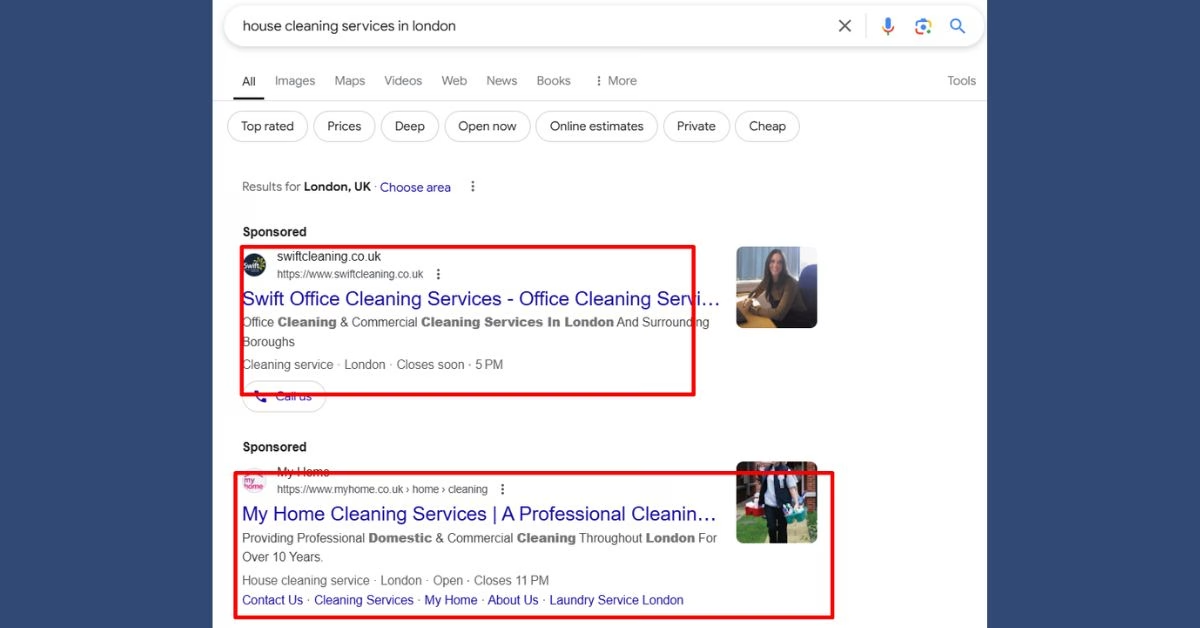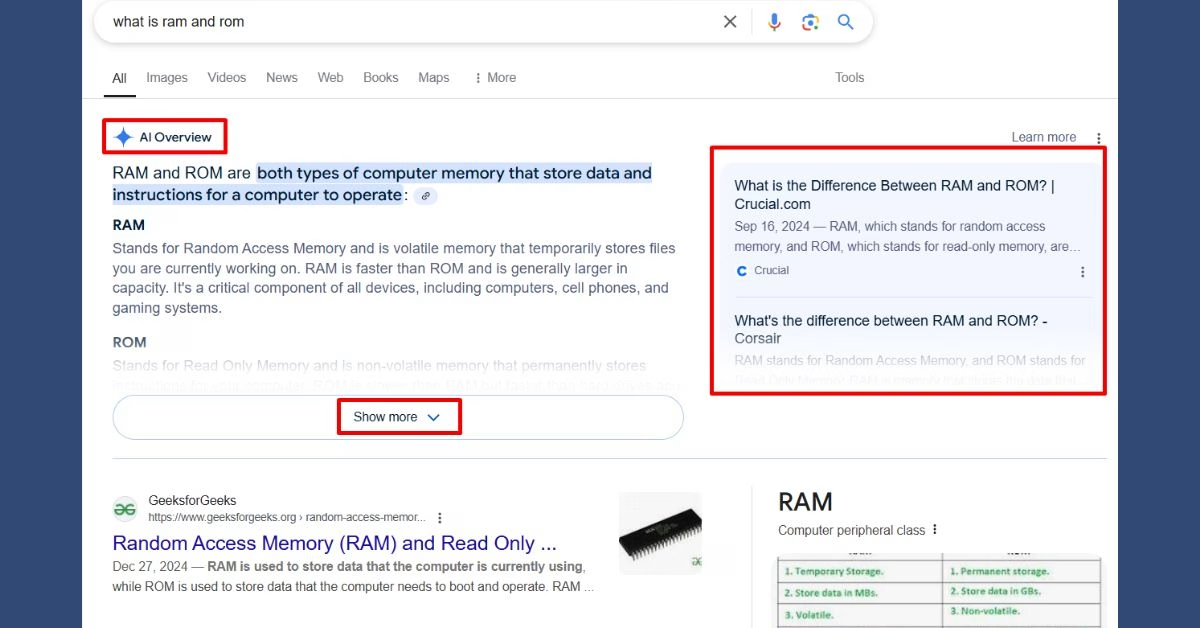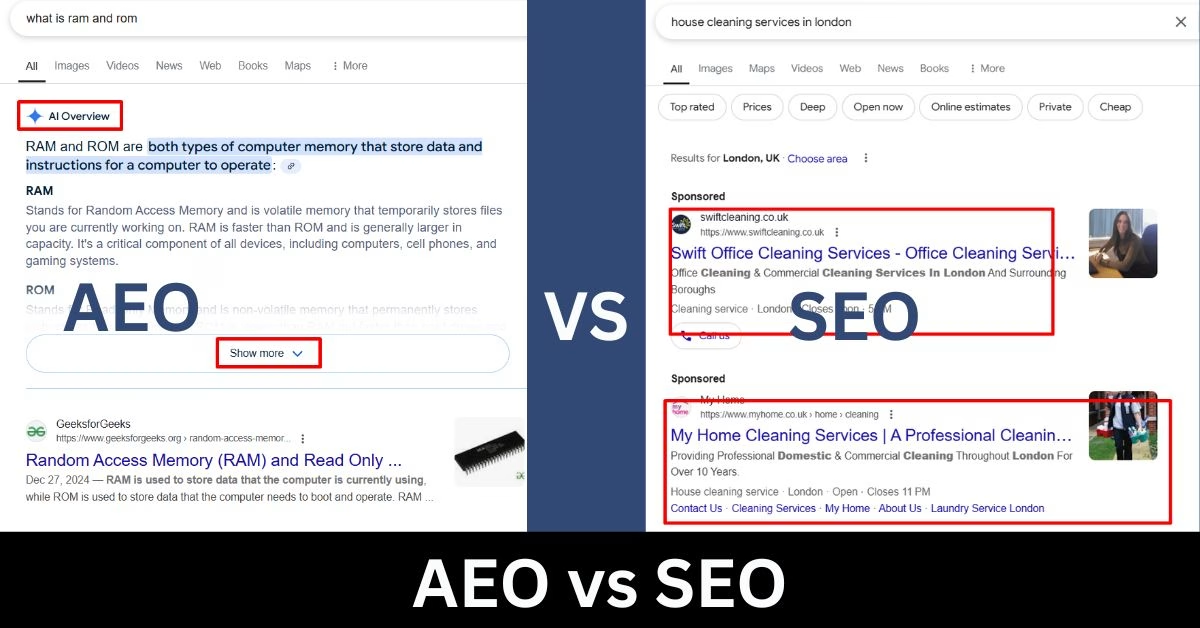In today’s digital age, staying ahead of the curve in online marketing requires a deep understanding of the latest trends and strategies. As a website owner, I’ve spent countless hours researching and experimenting with different approaches to enhance my site’s visibility and performance.
Among the most transformative strategies are Search Engine Optimization (SEO) and its emerging counterpart, Answer Engine Optimization (AEO). This article is a culmination of my findings, designed to help you understand these critical concepts and implement them effectively.
What is Search Engine Optimization (SEO)?
Search Engine Optimization (SEO) refers to the process of improving a website’s visibility in search engine results pages (SERPs). The primary goal is to drive organic traffic by ranking higher for relevant keywords. SEO encompasses several strategies, which can be categorized into three main types:

- On-Page SEO:
- Focuses on optimizing individual pages for specific keywords.
- Includes elements like meta titles, meta descriptions, headings, content quality, and internal linking.
- Off-Page SEO:
- Involves activities outside the website to improve its authority.
- Key practices include link building, guest blogging, and social media marketing.
- Technical SEO:
- Ensures the website is technically sound for search engines to crawl and index.
- Involves site speed, mobile-friendliness, SSL certificates, and structured data.
SEO remains a cornerstone of digital marketing because it’s cost-effective, sustainable, and delivers measurable results. However, as search engines evolve, so must our strategies.
What is Answer Engine Optimization (AEO)?
Answer Engine Optimization (AEO) is the practice of optimizing content to provide direct answers to user queries, often in featured snippets or voice search results. With the rise of AI-driven technologies and voice assistants like Siri, Alexa, and Google Assistant, the focus has shifted from simply ranking on SERPs to becoming the definitive answer to a user’s question.

AEO prioritizes:
- Clear and concise answers.
- Structured data and schema markup.
- Natural language processing (NLP).
This emerging trend is closely tied to the growth of conversational search. For example, when users ask, “What is the best SEO strategy for 2025?” they expect a direct, actionable answer rather than a list of links.
Key Differences Between SEO and AEO
| Aspect | SEO | AEO |
| Objective | Improve rankings on SERPs | Provide direct answers to queries |
| Primary Format | Keywords and phrases | Conversational and question-based |
| Optimization | Content, backlinks, and technical SEO | Structured data, snippets, and voice |
| Search Medium | Text-based search | Voice and conversational search |
While SEO and AEO share some common ground, understanding these distinctions is crucial for developing a holistic strategy.
The Importance of SEO in 2025 and Beyond
SEO continues to be an essential tool for businesses aiming to:
-
Drive Organic Traffic:
- Over 53% of web traffic originates from organic search.
-
Build Credibility and Trust:
- High-ranking websites are often perceived as more credible by users.
-
Enhance User Experience:
- SEO-driven enhancements, such as faster load times and mobile optimization, benefit users directly.
-
Support Long-Term Goals:
- Unlike paid ads, SEO investments yield returns over time, making it a cost-effective strategy.
Why AEO is the Future of Search
With over 50% of all searches expected to be voice-based by 2025, AEO is no longer optional for forward-thinking businesses. Here’s why:
-
The Rise of Voice Search:
- Devices like Amazon Echo and Google Home have revolutionized how users search for information.
-
Featured Snippets Dominate:
- Snippets often take the coveted “Position Zero” in search results, offering maximum visibility.
-
Focus on User Intent:
- AEO aligns with search engines’ goals of delivering precise, helpful content.
How to Optimize for SEO and AEO
Steps to Master SEO
-
Keyword Research:
- Use tools like Google Keyword Planner, SEMrush, or Ahrefs to identify high-volume, low-competition keywords.
-
Content Optimization:
- Create valuable, in-depth content tailored to your target audience.
- Include primary and secondary keywords naturally.
-
Technical Excellence:
- Audit your site for broken links, duplicate content, and slow loading speeds.
- Ensure your site is mobile-friendly and secure (HTTPS).
-
Backlink Building:
- Acquire high-quality backlinks from authoritative sites in your niche.
-
Monitor Performance:
- Regularly track your rankings, traffic, and other metrics using tools like Google Analytics and Search Console.
Steps to Excel in AEO
-
Focus on Questions:
- Identify common questions your audience asks and create content to answer them.
- Use platforms like Answer The Public and Reddit for insights.
-
Optimize for Voice Search:
- Incorporate conversational keywords and phrases.
- Structure content to mirror natural language queries.
-
Leverage Structured Data:
- Implement schema markup to help search engines understand your content better.
- Use tools like Google’s Structured Data Testing Tool to validate your implementation.
-
Prioritize Featured Snippets:
- Create content in a question-and-answer format.
- Use bullet points, numbered lists, and tables for easy scanning.
-
Enhance Mobile Usability:
- Ensure your site is responsive and loads quickly on mobile devices.
Real-World Examples of SEO and AEO Success
SEO Success Story:
A local bakery in my area implemented SEO strategies, including keyword optimization and Google My Business enhancements. Within six months, their organic traffic increased by 300%, resulting in a significant boost in sales.
AEO Success Story:
A friend’s e-commerce site focused on answering specific product-related questions through blog posts. By optimizing for featured snippets, their website appeared as the top result for multiple voice search queries, leading to a 40% increase in conversions.
Challenges and Pitfalls to Avoid
-
For SEO:
- Keyword stuffing can harm your rankings.
- Ignoring mobile optimization limits your reach.
-
For AEO:
- Poorly implemented structured data can confuse search engines.
- Overlooking conversational search trends can hinder voice search optimization.
Conclusion: SEO and AEO Are Better Together
The integration of SEO and AEO represents the future of digital marketing. While SEO builds the foundation for visibility, AEO ensures your content directly meets user needs in an evolving search landscape. By combining these strategies, you can position your website as a trusted resource, whether users are typing or speaking their queries.
As a website owner, I’ve learned that staying adaptable and proactive is key. Investing time in understanding and implementing both SEO and AEO will not only boost your online presence but also future-proof your business in an increasingly competitive digital world.

